Document management can be a nightmare if done without proper tools.
Do you sometimes feel overwhelmed with the number of bills and receipts you must keep and process?
Now think of accountants that must deal with 10x times more volume. Completely insane, right?
Hubdoc makes life easier for those of us who have been unlucky enough to deal with an excessive amount of documentation.
The app has become a popular option for those looking to better organize their paperwork.
But does Hubdoc have any reasonable alternatives?
What is Hubdoc?
Hubdoc started as a data capture company and was later integrated into the ultimate tool for bookkeeping after Xero acquired it.
Trying to make your balance sheet work properly at the end of the month can be difficult, especially considering how much information accountants have to chase.
To make matters even worse, most of these documents come in different shapes and sizes.
Hubdoc facilitates retrieving bills and receipts from over 700 financial institutions across desktop, mobile, and email.
On top of that, the app pulls the necessary information from documents with the help of optical character recognition (OCR).
But is it really that good?
It’s a popular choice for those looking to improve their document management flow.
However, some users are noticing that the app hasn’t received many updates since it was acquired by Xero, making the UI slightly out of touch in places.
This may very well be the reason why users consider looking for a suitable alternative.
Top 12 Hubdoc alternatives
Although many users love and adore Hubdoc for what it is, we’ve come up with a list of alternate solutions.
They are similar in one or more ways for you to consider as possibly viable alternatives to the Hubdoc platform.
01. AppZen

There is a slightly different concept behind AppZen; however, they share some similarities with Hubdoc.
AppZen is an app that other finance industry types will appreciate more so than accountants.
The app is geared towards financial analysis and automation, explicitly focusing on document approval.
AppZen allows automatically approving low-risk spending, e.g., prepayments or employee reimbursement, in a matter of days so the finance department can manually process high-risk spending.
At the same time, the app ensures compliance by checking available information from thousands of databases.
Although there is no public information available on AppZen’s pricing (meaning that AppZen, much like other providers, prefers to quote users on a case-by-case basis), most user reviews suggest that AppZen appears on the slightly higher end of the spectrum, as it’s mainly targeted toward the enterprise segment.
Conversely, HubDoc seems to be popular among SMBs and is only $20 per month with a free trial included.
Some users also mark the superior ease of setup of AppZen and risk management features, although Hubdoc seems to be doing a better job at automation.
02. MindBridge
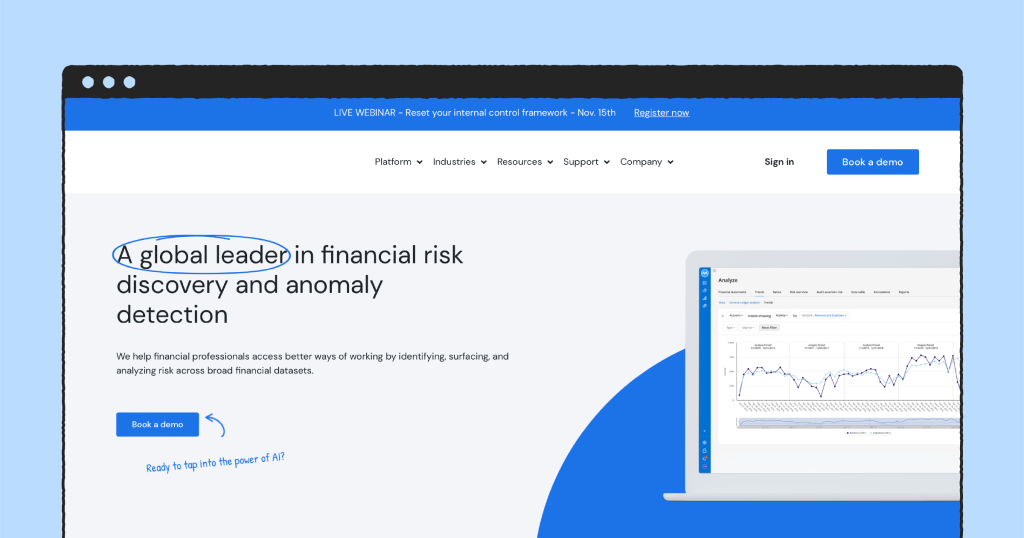
MindBridge is another app that is focused on financial audits and risk assessments.
Powered by AI, it allows for spotting anomalies in monetary flows that can create potential risks.
The app’s dashboard provides extensive insight into data trends and risk characteristics that can be of great value for financial agencies carrying out contract risk management for clients.
It shares similar features with Hubdoc regarding extracting and loading valuable data.
At the same time, MindBridge has some task management features like assigning tasks to other members of your financial team, which leads us to believe that the app is probably designed with the needs of independent contractors in mind.
With respect to pricing, there is no public information available for MindBridge (which is a pretty common thing for SaaS platforms).
Given that MindBridge is mainly targeted at the mid-size market, it is safe to assume that the app is priced slightly higher than Hubdoc.
According to G2, users seem to prefer MindBridge for customer support, and the automation features appear to be spot on as well.
The second largest group of reviewers indicates their industry as management consulting, which shows the app’s popularity among independent businesses.
03. DataSnipper

Just from a glance, one can spot the most noticeable difference about this app, which is by far the largest number of languages supported (over 100!).
DataSnipper seems to have much more in common with Hubdoc than MindBridge and AppZen: most of the app’s features are designed for data extraction and cross-referencing.
The app relies on its integrations with Excel to locate and reference required data as well as entire documents.
DataSnipper is good at showing how different users can utilize its features.
As such, the website organizes features according to the seniority of auditors, demonstrating how the junior ones can prepare faster reports or how the senior ones review documents and ensure compliance.
Overall, the app strongly emphasizes simplicity, a smooth and short learning curve, and ease of use.
There isn’t much to be said about pricing, although DataSnipper has a free trial.
The app is exclusively used by users that work in accounting and finances and mostly has favorable reviews.
Users point out that DataSnipper is good in terms of feature compilation, as most appear to be really useful.
04. SmartAudit
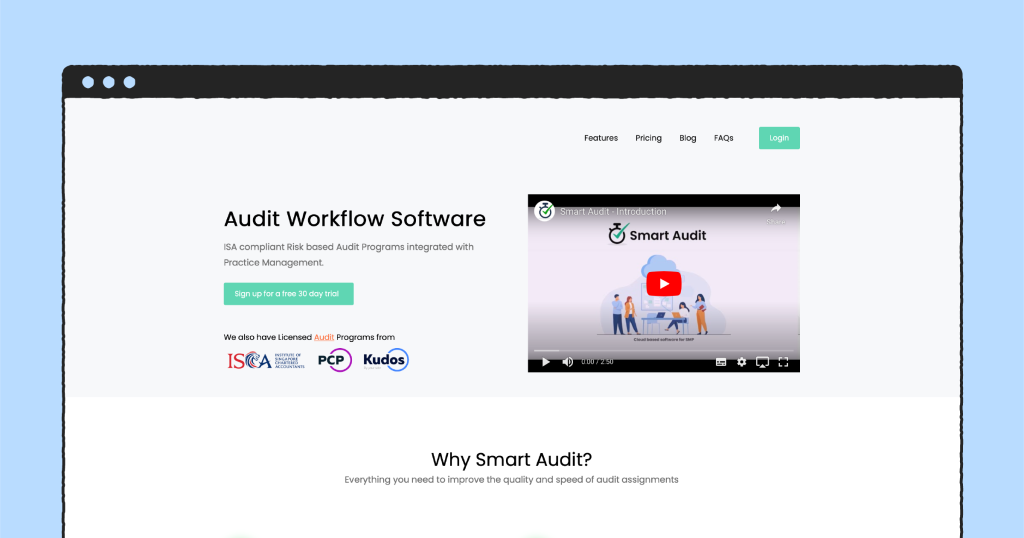
As the name suggests, the app is primarily made for an audit process.
SmartAudit shines when it comes to access management thanks to the role-based system.
And for those looking for greater efficiency in teamwork, the app offers some project management features as well.
For starters, SmartAudit keeps your client data and essential communications organized; furthermore, the app has time tracking and task management modules that visualize your team’s performance conveniently with a Gantt chart.
So how does it stack up against Hubdoc?
Despite being around since 2013, the app surprisingly doesn’t have that many online reviews, so it’s hard to tell.
Some users pointed out some minor interface issues, though nothing critical.
As far as pricing is concerned, SmartAudit is anything but not cheap: the pricing starts at $99/month with no free trial.
05. AdvanceFlow

AdvanceFlow is owned by Thomson Reuters, a consulting agency, which speaks to the app’s accountability: it’s made by accountants for accountants.
Unlike most apps mentioned above, AdvancedFlow is clearly targeted toward the enterprise sector.
The app’s interface doesn’t look particularly exciting; however, the AdvanceFlow compensates for this minor drawback with extensive security features (which are extremely important for the enterprise segment), comprehensive training, and consulting services that come with the app’s subscription.
Compared to Hubdoc, AdvanceFlow doesn’t seem that different in terms of the app’s capabilities.
However, it looks like AdvanceFlow can do a better job when it comes to handling some aspects necessary for enterprise-level organizations (various deployment options, quick export, and import, audit trails, etc.).
AdvanceFlow doesn’t share any pricing information publicly, but they most likely quote their clients on a case-by-case basis since it’s common in the enterprise segment.
06. PandaDoc
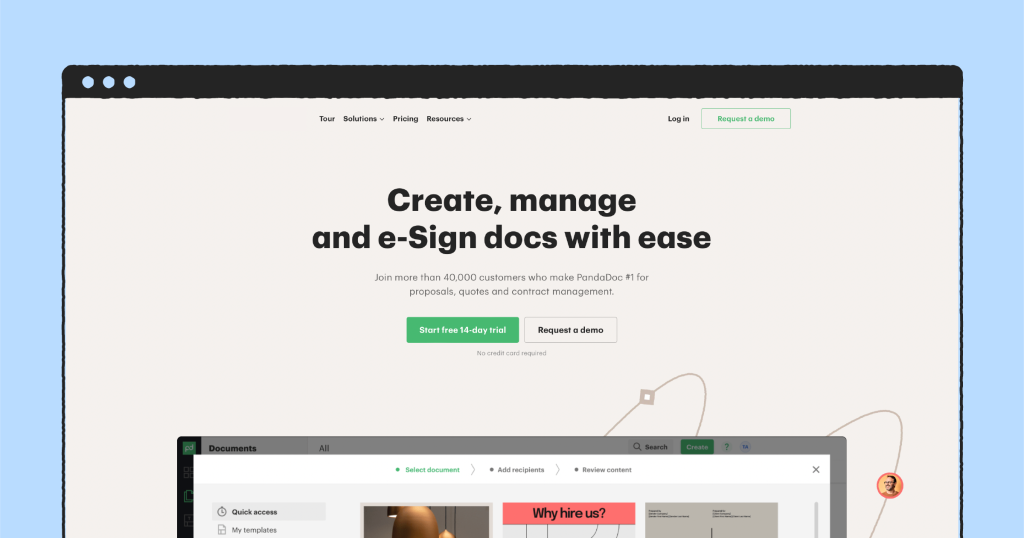
While PandaDoc isn’t used for financial audit or bookkeeping purposes, it’s often appreciated by specialists from related industries.
As signing papers is a regular part of any document flow, PandaDoc provides easy ways through which you can find, review, and approve documents.
PandaDoc and Hubdoc are two sides of the same coin: while Hubdoc helps capture financial documents, PandaDoc provides capabilities to approve such documents and process them.
Using PandaDoc, one can work directly from CRMs and use pre-established fields to speed up the document workflow.
PandaDoc makes sharing and keeping documents effortless: a convenient drag & drop interface and hundreds of templates make your life a little easier.
And since you’ll be going paper-free, nothing stops you from sharing e-documents with your colleagues for collaborative teamwork.
PandaDoc is a useful addition to any of the other tools mentioned above, and you are also free to choose any of the 900+ apps that PandaDoc currently supports.
07. AuditFile
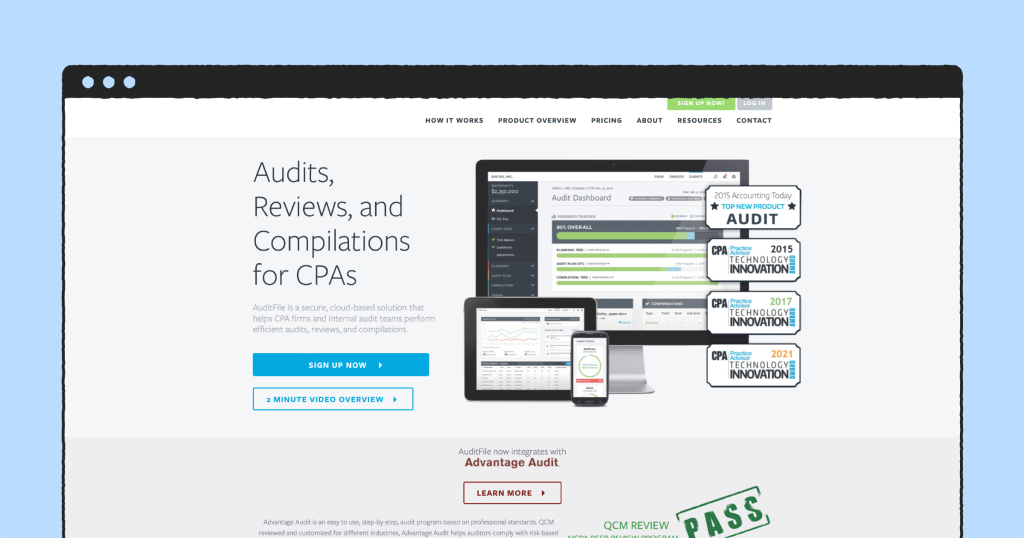
AuditFile is all about user convenience and keeping track of all your financial audit activities.
A unique thing about AuditFile is that it has pre-built modules for specific types of audits, which makes it a truly professional tool.
AuditFile is a relatively new entry to the market, and it doesn’t have that many reviews as such.
But from what we have seen, it looks like most users don’t have any significant problems with this app, although a few pointed out that the app gets “frozen” sometimes.
The AuditFile’s real-time dashboard seems to be an excellent choice for managers who need a bird’s-eye view of the whole audit process.
AuditFile comes with several pricing plan options, with the lowest being $119/per month.
08. Bill.com
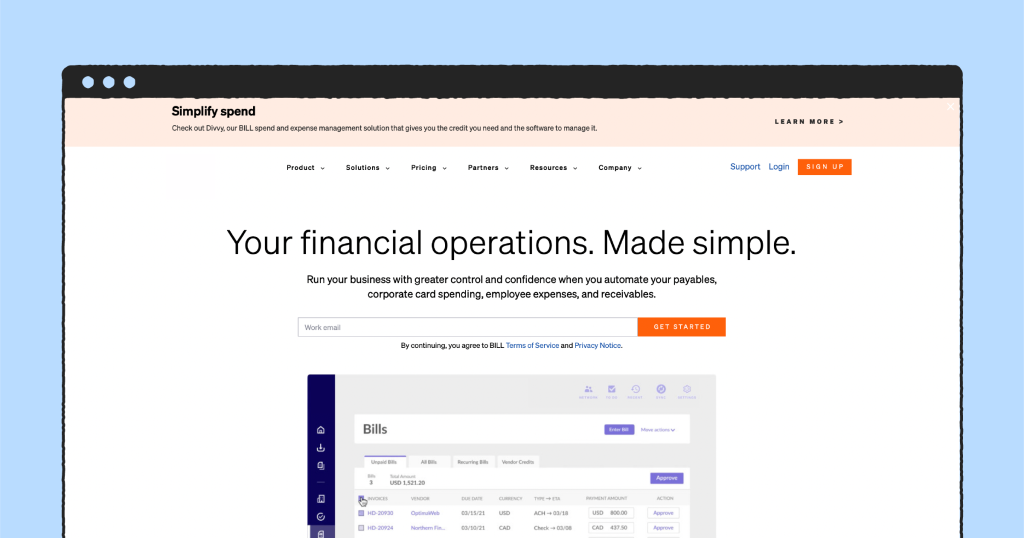
Bill.com is another app more in line with HubDoc: its main purpose is to help small and mid-size business owners manage their payments effectively.
As an efficient way to solve different invoice issues, Bill.com also allows gaining visibility over all payments — you can instantly see your “roadmap” and get real-time updates of scheduled accounts payable.
Bill.com enjoys predominantly favorable reviews, marking good value for the money and praise for its useful features (audit trails, auto sync with accounting platforms, workflow approval, etc.).
The only complaint that has been repeatedly popping up was how Bill.com handles payment operations (ACH payments, transfers between different currencies, and so on).
The price starts at $45/month, although it can easily go up to $79/month for a top-tier package.
09. SAI360
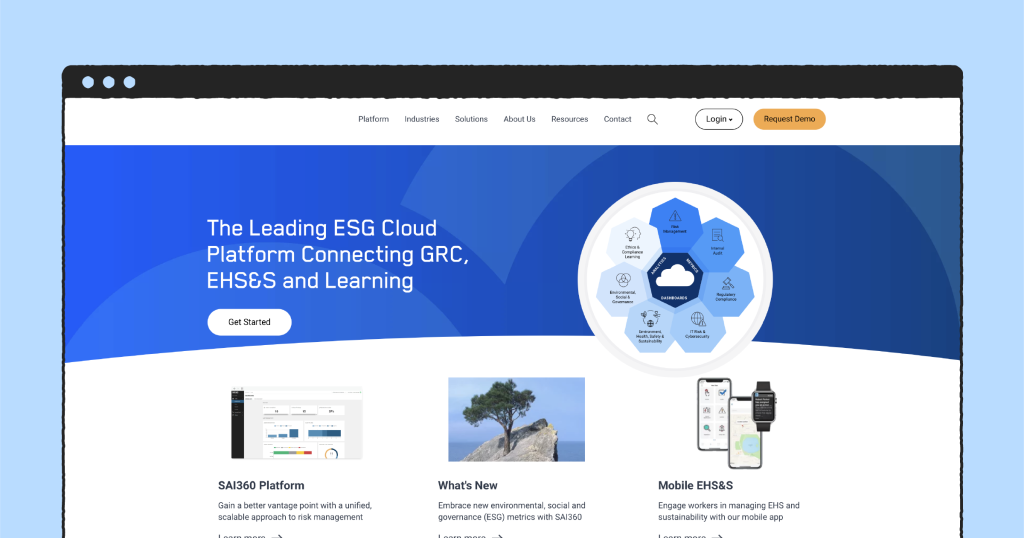
SAI360 is yet another platform that can best be described as AuditFile’s twin. The app has extensive compliance and risk management features powered by AI.
And where compliance is concerned, the app has a variety of subjects it can enforce, including anti-bribery, anti-corruption, DEI (diversity, equity, inclusion), and harassment.
Some negative reviews on TrustRadius mention “siloed modules” that users understandably don’t like so much. Reporting doesn’t seem to be perfect either, but SAI360 has been gradually improving, according to the app users.
Unfortunately, we can only guess what the pricing is like for SAI360 since no information has been provided on this matter.
10. Audit Prodigy

Audit Prodigy brings together different aspects of audit management under one roof.
The platform helps overcome the limitations of spreadsheets, emails, and shared folders with a single tool for project management, flowcharting, certifications, ERM, and more.
An exciting feature we haven’t seen elsewhere is certifications and surveys — the app allows creating questionnaires and collecting responses for compliance self-assessment.
Audit Prodigy doesn’t have sufficient online reviews posted to conclude anything with absolute certainty. That said, the reviews that are available don’t share any problems with this app.
The only thing that got our attention was that some users pointed out the necessity of having a financial or accounting background to use this app effectively.
Final thoughts
There are plenty of data capture and automation apps to choose from as we head into 2023.
Hubdoc has been around for a while and is considered a universal solution for many use cases.
However, there is a little bit more that almost each of the apps from the list above has to offer. So how do you choose the best fit for you and your team?
Start with analyzing your needs.
Are you a small business, mid-size, or enterprise?
Do you need an app that will help you deal with the problem of how to automate documentation? Or perhaps the one that can do it all? And how much are you willing to pay?
Depending on your answers, you’re welcome to pick one from the list that PandaDoc has made for you.
Disclaimer
PandaDoc is not a law firm, or a substitute for an attorney or law firm. This page is not intended to and does not provide legal advice. Should you have legal questions on the validity of e-signatures or digital signatures and the enforceability thereof, please consult with an attorney or law firm. Use of PandaDocs services are governed by our Terms of Use and Privacy Policy.
Frequently asked questions
-
ReceiptBank is an expense tracking app, and while they both share many similarities with HubDoc, they are also different in a certain way.
RecieptBank is arguably a more sophisticated app feature-wise; however, there are many things you get for free or as little as $20/month (with no restrictions) with Hubdoc.
-
In simple terms, it makes your life significantly easier.
Hubdoc will eliminate a significant chunk of manual work typically required to support bookkeeping activities, such as chasing financial documents. Using this type of tool, these docs can be conveniently stored in one place.
-
Yes for Sage. Hubdoc converts various financial documents into data that can be exported to Sage, Xero, QuickBooks Online, and other similar solutions. Unfortunately, MYOB is currently not supported by Hubdoc.


